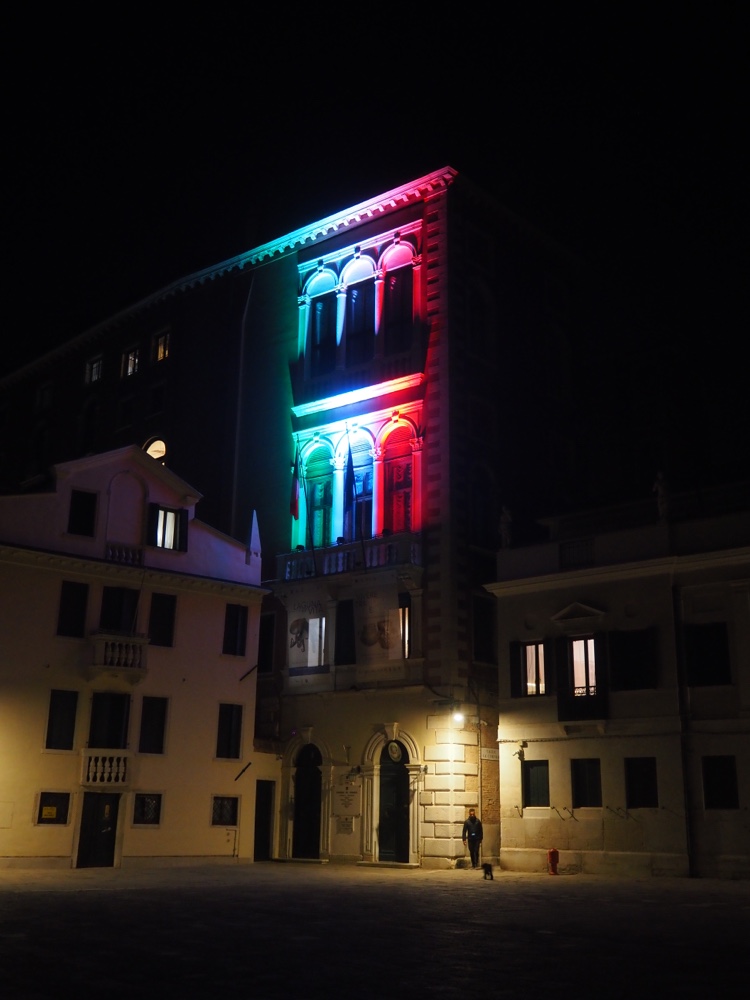
Amsterdam
Bikes and cars rush past on what can barely be considered roads amidst the Sunday traffic of Amsterdam. The big city, while hectic to walk through, is more like a village along the many canals that compose the city. Walking along the strips of land you’d think you were on the mainland, but then the canals mark the end and you remember you’re along the river Amstel.



I soak up the sun along the canals of the main streets and a nice park before settling on a delicious lamb roti roll from Surinam, one of the many former Dutch colonies. While the diversity of foods is delicious, I am reminded more of this colonial history by the Dutch East India trading company, the wealthiest company of all time. The headquarters is now just a history building.



I’ve missed hearing the Dutch language, similar to Flemish spoken in Belgium. To me they sound almost like Sims characters; it is so cute.

I take a walking tour to the edges of the red light district, where an old cathedral is flanked by sex workers on display. A kindergarten is just next door. The normalization seems a bit strange to me, but sex workers also have rights here.




I return at night to see more of them posing for customers. I get heckled a lot, and by people asking if I want cocaine every turn. It is an uncomfortable atmosphere, surrounded by drunk tourists, but it is good to be uncomfortable on occasion.



The next day I walk out to see a windmill. I pass by dozens along the farm pastures on the road in, but no tulips. I see plenty in the floating flower shops along the canal. It is interesting seeing all the bulbs of different flowers, resembling onions and garlic, until I remember they are just bulbs that we eat !



I shelter from the rain by trying lots of samples at a cheese shop, but the cow cheese is not doing it for me. My favorite is the sheep’s cheese with rosemary!


I waste the morning away at the market shopping and trying undercooked crepes, pancakes and stroopwafel. The trip out to nearby Haarlem is short and cheap. It is nice to unwind a little, but there is still so much bike traffic and plenty of bustle, albeit with a little more tranquility. I stop at another windmill and take a look around the Groot markt (central square). There are lots of shops, but prices seem similar to Amsterdam.
It is hard being in Amsterdam surrounded by Holocaust history. I can’t visit the Anne Frank house, but I don’t have the emotional capacity in the moment to bear the weight of it. There is another house where nearly a hundred Jews were hidden and rescued. The streets are lined with tripping stones—plaques commemorating where residents lived who were taken to concentration camps.


I cross the main canal by ferry to see a model of sustainability in a floating neighborhood. There are lots of green spaces along the canals, and water birds rest easily unperturbed by humans.


The next day, the market redeems itself with a deliciously spiced stroopwafel. It is so nice I almost cry, but I think I still enjoy it better cold.
The highlight for me is the Van Gogh museum. I really love his style with thick brush strokes. He is one of my favorite artists, and it’s interesting to trace the evolution of his style over time. To me, it’s amazing how some of his best work came about as he learned different techniques and worked in collaboration with other artists. My favorite works were created during the end of his life as his mental health deteriorated, yet this is where the swirling subjects take motion, such as in Starry night.





































































































